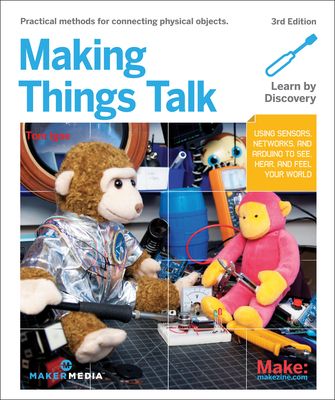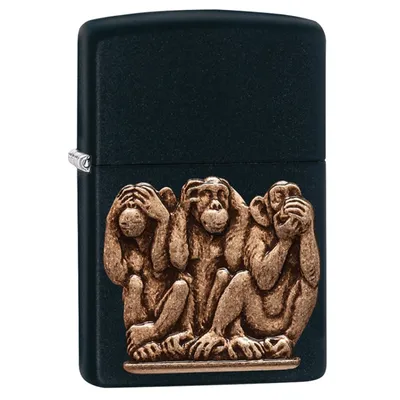Home
Bird Senses: How and What Birds See, Hear, Smell, Taste Feel
Loading Inventory...
Barnes and Noble
Bird Senses: How and What Birds See, Hear, Smell, Taste Feel
Current price: $40.00


Barnes and Noble
Bird Senses: How and What Birds See, Hear, Smell, Taste Feel
Current price: $40.00
Loading Inventory...
Size: Paperback
*Product Information may vary - to confirm product availability, pricing, and additional information please contact Barnes and Noble
Graham Martin takes the reader deep into the world of birds from a new perspective, with a ‘through birds' eyes' approach to ornithology that goes beyond the traditional habitat or ecological point of view. There is a lot more to a bird's world than what it receives through its eyes. This book shows how all of the senses complement one another to provide each species with a unique suite of information that guides their daily activities.
The senses of each bird have been fine-tuned by natural selection to meet the challenges of its environment and optimise its behaviour: from spotting a carcase on a hillside, to pecking at minute insects, from catching fish in murky waters, to navigating around the globe.
The reader is also introduced to the challenges posed to birds by the obstacles with which humans have cluttered their worlds, from power lines to windowpanes. All of these challenges need explaining from the birds' sensory perspectives so that effective mitigations can be put in place.
The book leads the reader through a wealth of diverse information presented in accessible text, with over 100 colour illustrations and photographs. The result is a highly readable and authoritative account, which will appeal to birdwatchers and other naturalists, as well as researchers in avian biology.
The author has researched the senses of birds throughout a 50-year career in ornithology and sensory science. He has always attempted to understand birds from the perspective of how sensory information helps them to carry out different tasks in different environments. He has published papers on more than 60 bird species, from Albatrosses and Penguins, to Spoonbills and Kiwi. His first fascination was with owls and night time, and owls have remained special to him throughout his career. He has collaborated and travelled widely and pondered diverse sensory challenges that birds face in the conduct of different tasks in different habitats, from mudflats and murky waters, to forests, deserts and caves. In recent years he has focused on how understanding bird senses can help to reduce the very high levels of bird deaths that are caused by human artefacts; particularly, wind turbines, power lines, and gill nets.
The senses of each bird have been fine-tuned by natural selection to meet the challenges of its environment and optimise its behaviour: from spotting a carcase on a hillside, to pecking at minute insects, from catching fish in murky waters, to navigating around the globe.
The reader is also introduced to the challenges posed to birds by the obstacles with which humans have cluttered their worlds, from power lines to windowpanes. All of these challenges need explaining from the birds' sensory perspectives so that effective mitigations can be put in place.
The book leads the reader through a wealth of diverse information presented in accessible text, with over 100 colour illustrations and photographs. The result is a highly readable and authoritative account, which will appeal to birdwatchers and other naturalists, as well as researchers in avian biology.
The author has researched the senses of birds throughout a 50-year career in ornithology and sensory science. He has always attempted to understand birds from the perspective of how sensory information helps them to carry out different tasks in different environments. He has published papers on more than 60 bird species, from Albatrosses and Penguins, to Spoonbills and Kiwi. His first fascination was with owls and night time, and owls have remained special to him throughout his career. He has collaborated and travelled widely and pondered diverse sensory challenges that birds face in the conduct of different tasks in different habitats, from mudflats and murky waters, to forests, deserts and caves. In recent years he has focused on how understanding bird senses can help to reduce the very high levels of bird deaths that are caused by human artefacts; particularly, wind turbines, power lines, and gill nets.


















